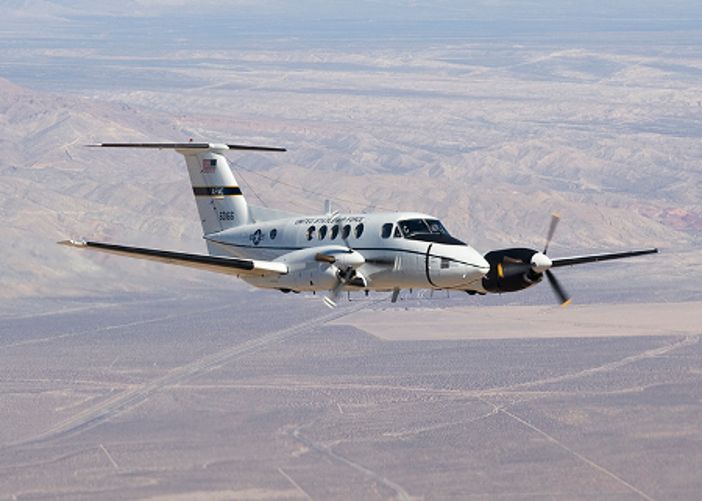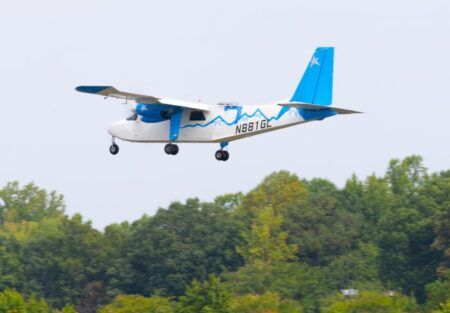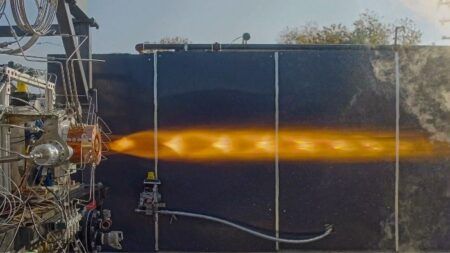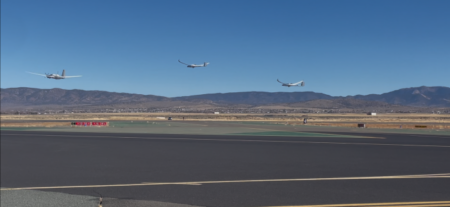A Beechcraft C-12 over Edwards Air Force Base (Image: USAF)
Researchers in the USA have won a three-year, US$1 million grant to develop long-range communications at low signal-to-noise ratios for use in flight tests.
The research project at the University of Kansas’ School of Engineering aims to produce a prototype aeronautical mobile telemetry test instrument that is small and high-powered.
The project, which is being funded by the US National Spectrum Consortium (NSC), comes after the auctioning off of portions of the electromagnetic spectrum once used by government agencies to mobile-phone companies in 2015.
As a result of the auction, US government agencies such as the Department of Defense (DoD) and the Test Resource Management Center (TRMC) currently use narrower and less suitable frequencies to transmit the large amounts of data generated by flight tests. New technologies are therefore required to transmit this data.
The instrument developed by the project will be a working airborne transmitter and will be tested at the Air Force Test Center at Edwards Air Force Base, Southern California, likely aboard a Beechcraft C-12 aircraft. It will then be used at Edwards and other US government ranges.
The project will focus on developing a technology called Space Time Coding (STC), that was created to deal with the necessity of having two signals from antennas on the top and bottom of test aircraft.
Erik Perrins, professor of electrical engineering and computer science at Kansas University and the lead researcher said, “When they test an airplane, they might put an antenna on the underbelly, and when the airplane banks sharply the antenna can be shadowed by the fuselage.
“To solve this, they stick an antenna on top and bottom so they have coverage that way. But when you have more than one antenna you create something called a gain pattern, where, if you imagine standing on top of the airplane and looking around 360 degrees, you’ll have a strong signal in some directions and others where you’ll have a null or a blind spot.”
“The petal represents a strong signal, and then you have the space in between the petals, which represents a null or a blind spot, and then another and another, creating a nightmare problem of signal dropouts when an aircraft rotates through these spots.”
Space Time Coding solves this dilemma, according to Perrins. “It’s a very simple but clever trick, where you send one message out on one antenna and send a different message on the second antenna. In the next transmission you swap the two.
“They alternate back and forth. On the receiver side, you can combine these in a way that turns multiple signals from being your enemy into being your friend. STC changes two antennas from being destructive interference to constructive interference,” said Perrins.
The goal for the researchers is to develop a more efficient modulation algorithm using Space Time Coding with Multi-h Continuous Phase Modulation (Multi-h CPM). The resulting technology will allow the TRMC and DoD to use Space Time Coding with more limited bandwidth.
“Multi-h CPM achieves spectrum efficiency by creating a signal that changes in a slow and graceful manner. But that slowness is something called memory and that means it’s complicated to demodulate. The marriage of STC with Multi-h means we will have to deal with a lot of mathematical complexity in the demodulators. We have to estimate the strength of the signals coming from each antenna, the relative delay of both signals, and properly combine those two signals.”
“We’re going to go out and demonstrate our prototype,” Perrins said. “It’s actually a tall order for a university. Typically, a university leans toward the ‘R’ side of ‘R&D,’ and developing things is left to industry.”
The work will be performed with a research team at Brigham Young University, Utah and the company Intelligent Automation, which is based in Rockville, Maryland.
May 2, 2018
